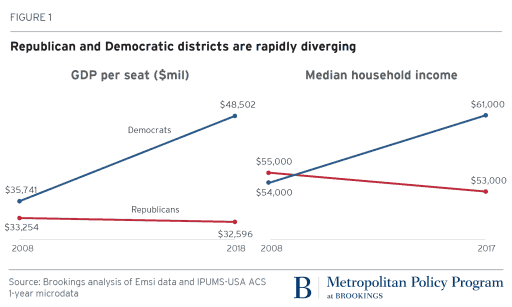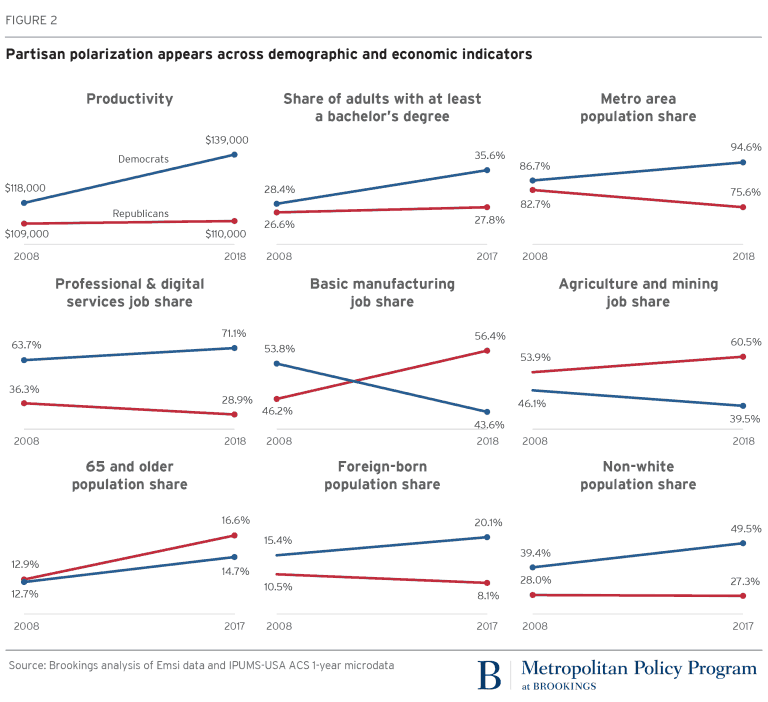Need to Know
Please join me in congratulating Gerry Hancock, co-founder of both the N.C. Center for Public Policy Research and EducationNC, who is receiving the Lifetime Champions of Justice award from the North Carolina Justice Center tonight. From his friend and co-founder Ferrel Guillory:
“No North Carolinian has strived more diligently and persistently than Gerry Hancock to establish and build the array of civil associations needed for the work ahead of us, work that is necessary to ensure a knowledgeable public motivated to enhance the lives of young people through quality education.”
The Other 49
Two states made big announcements this week: New Mexico announced a plan for free college for state residents, and Tennessee announced a plan to convert Medicaid into a block grant.
New Mexico’s plan is making headlines because it applies to all state residents, regardless of income, and it covers both public two-year and four-year colleges. The state plans on using rising oil revenues to pay for it and doesn’t estimate it will cost that much since it only kicks in after students use other available aid, like Pell Grants.
Other states will be watching as Tennessee tries to convert Medicaid into a block grant, meaning instead of receiving money from the federal government for a portion of the state’s healthcare costs, the state would receive a block grant from the government to spend as it chooses. Importantly, this change means Tennessee would be exempt from many of the Medicaid rules on what is covered. Republican Gov. Bill Lee said his plan will not cut back eligibility or benefits, but Democrats and advocacy groups are worried.
Food for Thought
Brookings Institute partnered with the Wall Street Journal to look at the rapidly diverging economies of Democratic and Republican districts. Their analysis, published in both the Wall Street Journal (paywall) and Brookings Institute show how much the economic fortunes of Democrat and Republican disricts have changed even in the last 10 years.

As the graphic shows, since 2008, the median household income in Democratic districts has increased from $54,000 to $61,000. In Republican districts, the median household income has declined in the past 10 years from $55,000 to $53,000. As Democratic districts have increased their share of professional and digital services jobs, Republican districts have increased their share of agriculture and mining jobs. Significantly, the share of basic manufacturing jobs in Democratic districts decreased from 54% in 2008 to 44% in 2018 at the same time that the share of manufacturing jobs in Republican districts increased from 46% to 56%. Check out the matrix below for other comparisons.

What we're reading
Will North Carolina still have 58 community colleges in 10 years?
Ten years from now, North Carolina might not have 58 community colleges anymore. That's if enrollment trends continue on pace, according to Peter Hans, president of the North Carolina Community College System. ... Read the rest-
How Congress turns citizens’ voices into data points
-
Children who face adversity have better long-term health if they have enough positive childhood experiences too
-
Key findings about the online news landscape in America
-
Where does all the plastic go?
-
Can virtual advising shift where students go to college? Yes, but only a bit.
-
Contextual Factors Associated With County-Level Suicide Rates in the United States, 1999 to 2016


